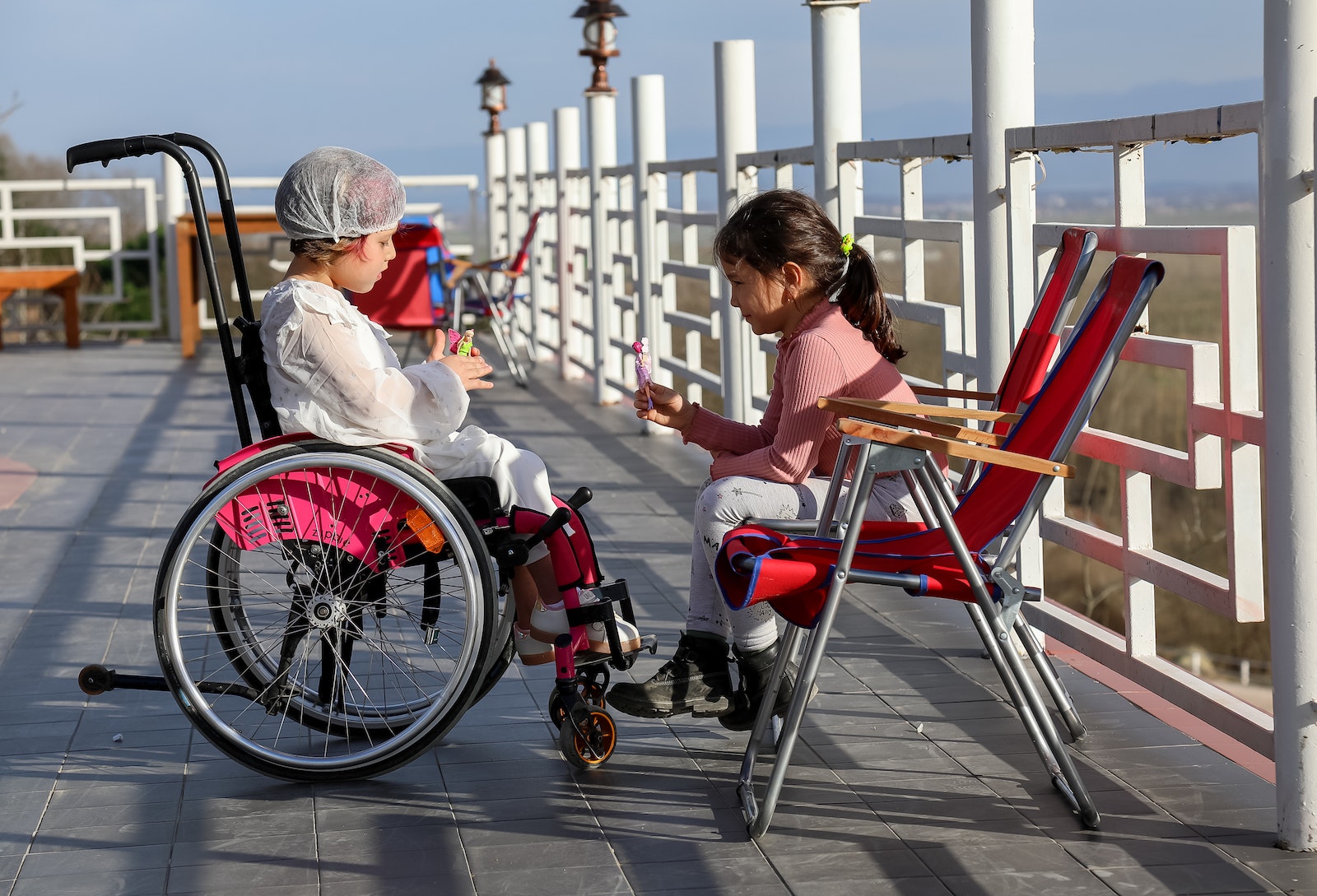This easy-to-understand guide provides a summary of the main recommendations for the care of individuals with 5q SMA (Types 1, 2, 3 and 4). These recommendations were detailed in two scientific articles in November 2017 by a group of global healthcare and patient specialists and combined into this handy paediatric reference guide into 2019. Click picture to download.

The consensus was that the most suitable intervention and care relied on the individual’s ‘functional capability’, which includes:
- Their ability to sit, stand or walk,
- The impact of SMA on their respiration,
- Their ability to manage other daily activities.
However, since these publications, new drug treatments have brought about swift changes and many uncertainties. Healthcare professionals both in the country and abroad regularly reassess and discuss optimal care and management methods. Consequently, some recommendations are being updated. While the SoC still provides a valuable reference for families, the care and management of your child’s condition will be highly personalized, based on your child’s clinical team’s assessment and thorough discussion with you.
If you would like to read the details in the 2017 papers that formed the basis of this publication they can be found below:
However, since these publications, new drug treatments have brought about swift changes and many uncertainties. Healthcare professionals both in the country and abroad regularly reassess and discuss optimal care and management methods. Consequently, some recommendations are being updated. While the SoC still provides a valuable reference for families, the care and management of your child’s condition will be highly personalized, based on your child’s clinical team’s assessment and thorough discussion with you.
If you would like to read the complete and original publication from Treat NMD a fully online and indexed version of the standard of care can be found here.


